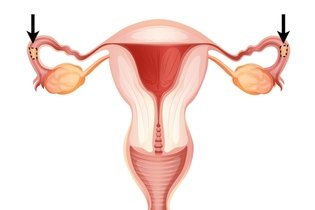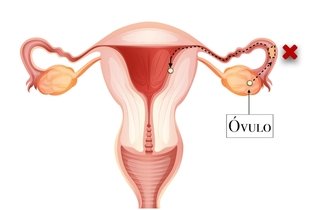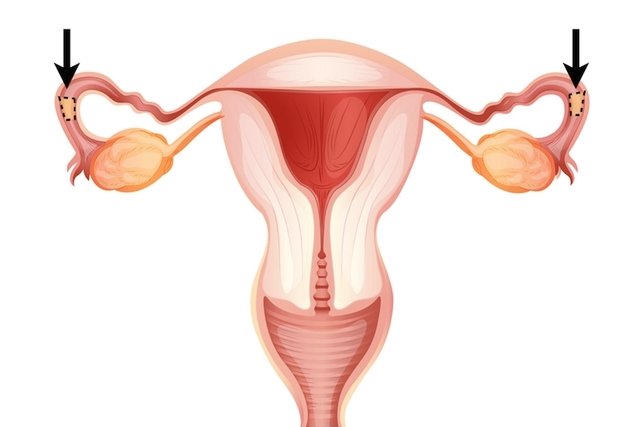Obstruction in the tubes can be treated with surgery to remove the damaged part or remove the tissue that blocks the tube, thus allowing the egg to pass through and a natural pregnancy. This problem can occur in just one tube or both, when it is called bilateral obstruction, and generally does not cause symptoms, meaning the problem is only identified when the woman is unable to get pregnant.
However, when the obstruction cannot be resolved through surgery, the woman can use other alternatives to get pregnant, such as:
- Hormone treatment: used when only one tube is obstructed, as it stimulates ovulation and increases the chances of pregnancy through a healthy tube;
- Fertilization in vitro: used when other treatments have not worked, as the embryo is formed in the laboratory and then implanted in the woman’s uterus. See more details about the in vitro fertilization procedure.
In addition to reducing the chances of getting pregnant, blocked tubes can also cause an ectopic pregnancy, which, if left untreated, can lead to rupture of the tubes and risk death for the woman.


Diagnosis of blocked tubes
The diagnosis of tubal obstruction can be made through an exam called hysterosalpingography, in which the gynecologist can analyze the tubes using a device placed in the woman’s vagina. See details on how the exam is performed in: Hysterosalpingography.
Another way to diagnose blocked tubes is through laparoscopy, which is a procedure in which the doctor can see the tubes through a small cut made in the belly, identifying the presence of obstruction or other problems. See how this procedure is done in: Videolaparoscopy.
Causes of blocked tubes
Tubal obstruction can be caused by:
- Abortion, especially without medical assistance;
- Endometriosis;
- Salpingitis, which is inflammation of the tubes;
- Infections in the uterus and tubes, usually caused by sexually transmitted diseases, such as chlamydia and gonorrhea;
- Appendicitis with rupture of the appendix, as it can cause infection in the tubes;
- Previous tubal pregnancy;
- Gynecological or abdominal surgeries.
Tubal pregnancies and abdominal surgeries or surgeries in the uterine region can leave scars that cause obstruction of the tubes and prevent the passage of the egg, preventing pregnancy.
Thus, it is common for tubal obstruction to occur due to other gynecological problems such as Endometriosis, which is why it is important to go to the gynecologist once a year and use a condom to prevent sexually transmitted diseases, which can also cause obstruction in the tubes.

Sign up for our newsletter and stay up to date with exclusive news
that can transform your routine!
Warning: Undefined array key "title" in /home/storelat/public_html/wp-content/plugins/link-whisper-premium/templates/frontend/related-posts.php on line 12
Warning: Undefined array key "title_tag" in /home/storelat/public_html/wp-content/plugins/link-whisper-premium/templates/frontend/related-posts.php on line 13




